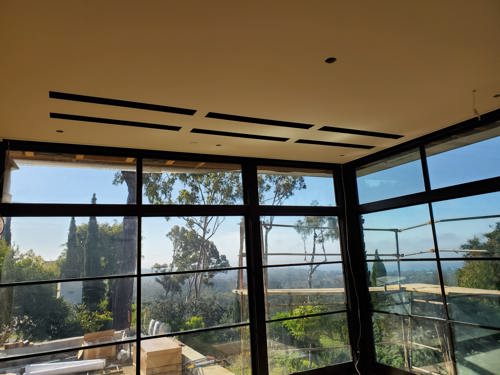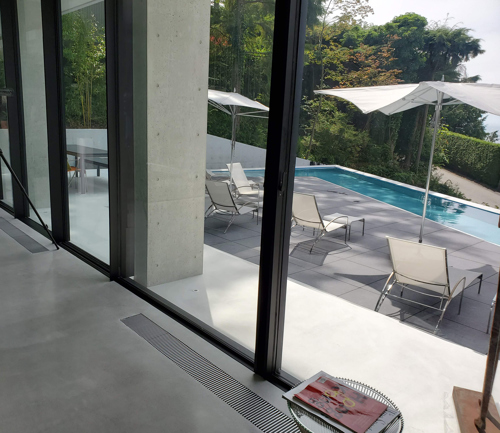Looking to further limit greenhouse gas emissions and find more sustainable strategies for heating and cooling buildings, legislators in California and Massachusetts are looking to ban natural gas in new local building requirements. New York lawmakers are looking at similar measures.
In the fight against climate change, it’s a necessary move. According to the U.S. Energy Information Administration, natural gas ranks second to coal in total contribution to carbon dioxide emissions from electricity generation. As a fossil fuel, it contributes 33 percent of the total carbon dioxide emissions from electricity.
Net Zero Energy and All-Electric Homes Gains Momentum
As a more sustainable alternative, the trend toward all-electric or Net Zero Energy homes has continued to gain momentum. Home owners looking to either substantially reduce or completely eliminate all greenhouse gas emissions in the heating and cooling of their homes are increasingly turning to new systems that use air-to-water heat pumps. Operating on renewable energy sources, these systems produce hot water when used for heating or chilled water when used for cooling.
Where conventional systems use a refrigerant, which can be considerably more harmful to the environ-ment than carbon dioxide, air-to-water heat pumps use water in a copper coil which is then distributed through a delivery unit, which is where Jaga comes in!
John Siegenthaler, writing for HPAC Magazine, notes, “Current generation low-ambient air-to-water heat pumps can extract useable heat from outdoor air at temperatures down to -8F, (-22C). That heat can be transferred to a steam of water or antifreeze solution, and supplied to a hydronic radiant panel distribution system at temperatures up to 130F (54C).
During warm weather, the same heat pump can produce chilled water or antifreeze solution down to temperatures of 42F (5.5C). That fluid can be passed through the cooling coils of one or more air handlers to cool and dehumidify interior space.”
As more engineers look to phase out gas-powered homes and deliver a Net Zero energy solution, Jaga continues to deliver. Our fan coil units and trench heating and cooling solutions work well in conjunction with these systems, giving home owners and commercial building engineers optimal control of indoor climates. They’ve been an increasingly popular choice for new construction projects along the Pacific Coast.
Depending on heating and coolings needs, Jaga’s trench solutions like the Clima Canal 10, offer discreet but powerful heat. Measuring only four inches, these units can offer significant space savings in a home. Stylish grills can top the units, giving designers and home-owners options to further enhance the design aes-thetic in an unexpected place.
Another option is the Briza, a popular fan coil unit (FCU) solution. Engineers opt for these flexible units because they can be flush mounted in ceilings or walls for a discreet and quiet solution. Because they use low-temperatures, the grills remain safe to touch when heating but also offer optimal cooling power.
In a residential or home heating application, Jaga offers a variety of aesthetically pleasing options to incorporate it as a design element.
This residence in Southern California incorporated Jaga’s fan coil units into the ceiling:

This residence had trench units installed into floors to allow for a full view out to the pool:

Click here to see all of our trench and FCU solutions.


